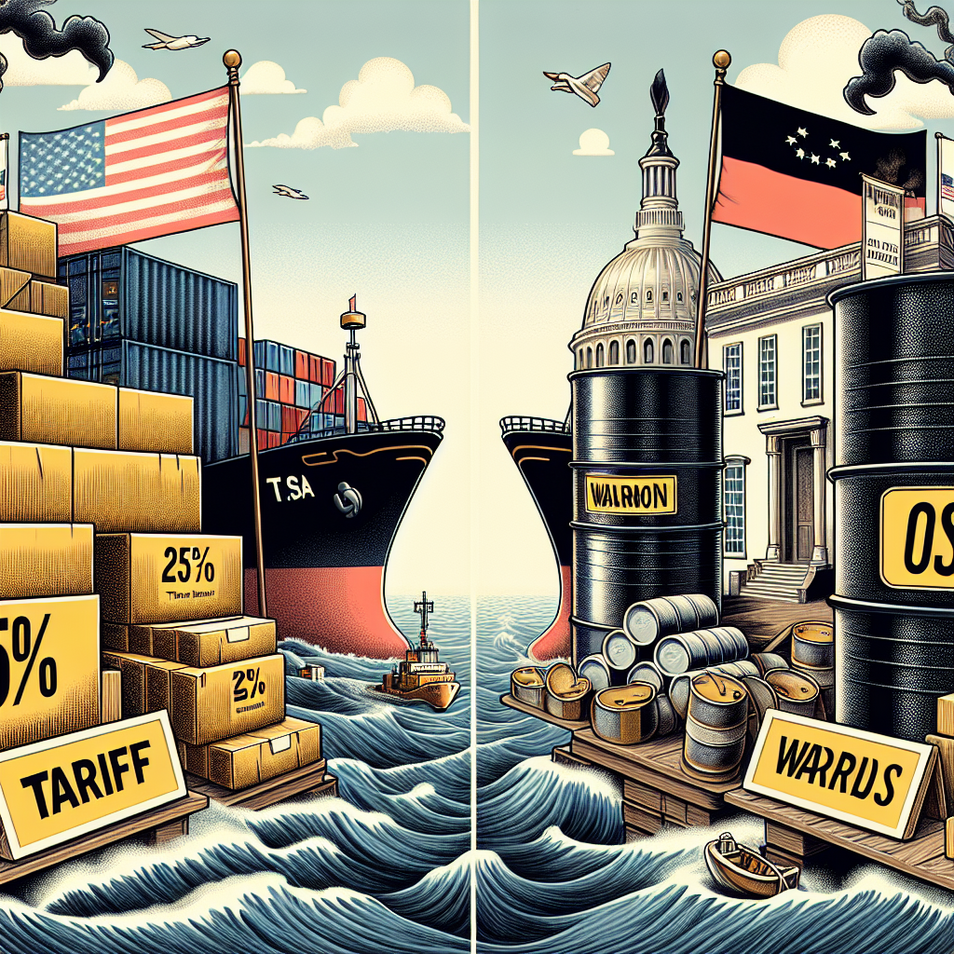Trump Turns Up the Heat on India with New Trade Tariffs and Oil Warning

In a move that’s sure to add strain to the already complex trade relationship between Washington and New Delhi, President Donald Trump announced a new 25% tariff targeting Indian goods. This latest escalation marks yet another turn in the ongoing trade tensions and comes seemingly out of the blue, as negotiations between the two nations were still reported to be underway just days earlier. The sudden tariff announcement sends a mixed signal about the future of U.S.-India economic cooperation.
Adding further complications, Trump hinted at impending repercussions for India’s continued purchase of oil from Russia—a key piece of its energy strategy. While the president didn’t specify what those measures might look like, the warning underscores a growing U.S. impatience with allies maintaining economic ties with Moscow, especially amid heightened geopolitical tensions. This could place India in a delicate position as it balances strategic autonomy with international pressure.
Indian officials responded cautiously, stating they are assessing the potential impacts of both the new tariffs and the oil-related implications. As one of the largest democracies and fastest-growing economies, India plays an essential role in the global trade matrix. These developments suggest there may be more recalibration needed in how Indian policymakers engage with the U.S., particularly in areas where national interests and foreign pressure collide.
Observers believe that the timing of Trump’s announcements may also be linked to broader electoral and geopolitical calculations. With elections always on the horizon in U.S. politics, a tough stance on trade tends to rally certain voter blocs. On the flip side, unilateral pressure tactics risk alienating strategic partners like India, whose cooperation is vital in broader Indo-Pacific strategies meant to counterbalance China’s influence.
The latest tariff move and veiled threats over Russian oil underscore an increasingly transactional U.S. foreign policy approach. While the final shape of penalties and negotiations remains unresolved, one thing is clear: the India-U.S. relationship is entering a more turbulent phase. Navigating this period carefully will be critical for both nations, as they attempt to strike a balance between principle and pragmatism in pursuit of mutual benefit.

